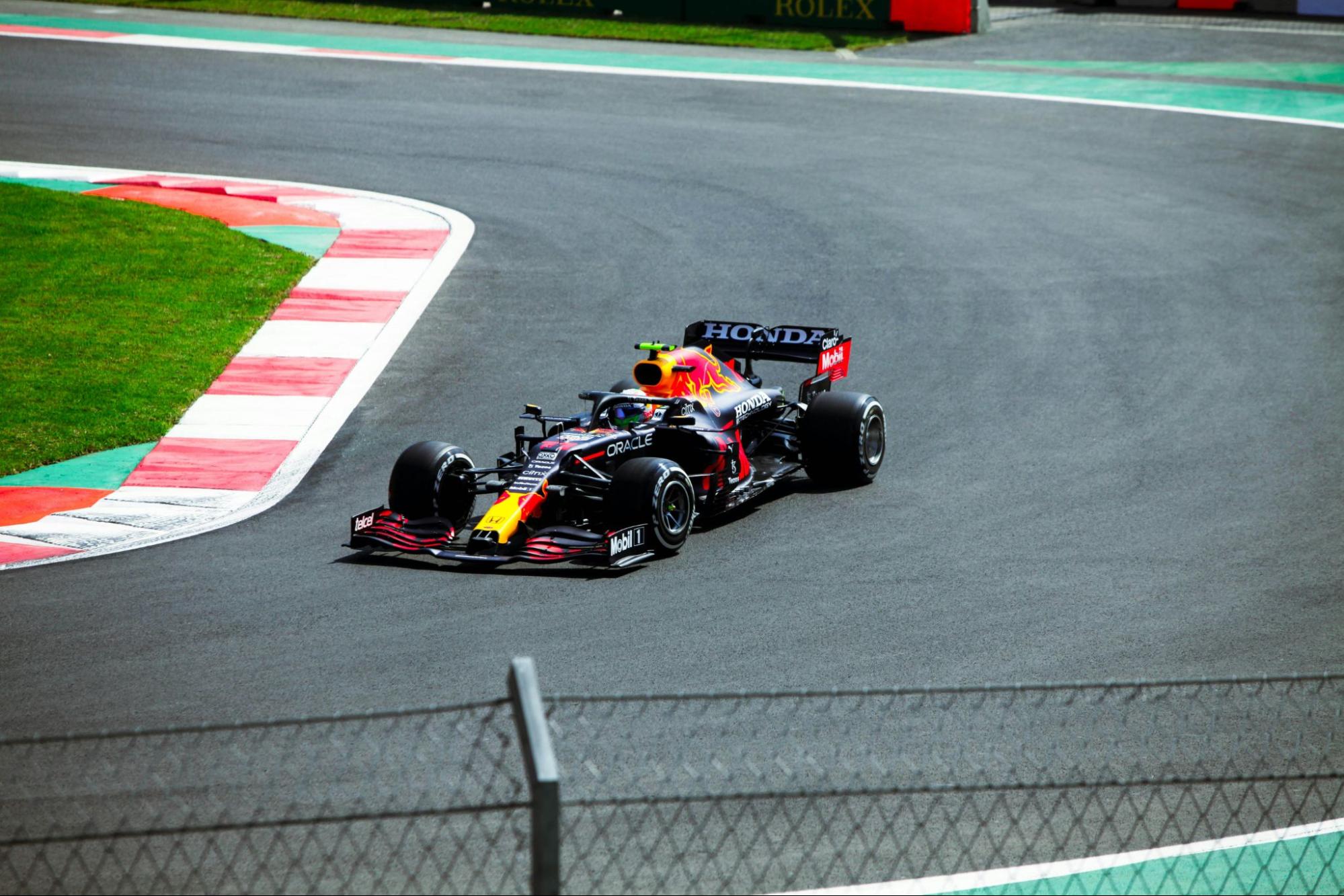Key Differences in Cars, Racing Styles and Sponsorships: Nascar vs Formula 1
Nascar vs Formula 1
NASCAR vs. Formula 1 represents two distinct styles of motorsport, each with its own set of characteristics and fanbase. While NASCAR races predominantly on oval tracks, Formula 1 circuits feature challenging road courses with varying layouts, elevations, and unique corners, showcasing innovative ideas in design and engineering that enhance the thrill and complexity of each race.
- Cars and Technology:
- NASCAR cars are heavier stock cars, designed for close-quarter racing and drafting.
- Formula 1 cars are lightweight, single-seaters, equipped with advanced aerodynamics for high-speed cornering.
- Tracks:
- NASCAR events take place on oval tracks, promoting side-by-side action and frequent lead changes.
- Formula 1 races on road courses and street circuits, demanding precision and technical prowess from drivers.
- Racing Styles:
- NASCAR races are known for their bumping, drafting, and intense wheel-to-wheel action.
- Formula 1 races showcase strategic overtaking maneuvers, pit stop strategies, and precise driving skills.
- Popularity and Global Reach:
- NASCAR enjoys a strong following primarily in the United States, with loyal fans attending races across the country.
- Formula 1 has a global presence, with races held in various countries and a diverse fan base worldwide.
- Driver Skill and Training:
- NASCAR drivers hone their skills in stock car racing, focusing on mastering drafting techniques and tire management.
- Formula 1 drivers train in single-seater championships, emphasizing aerodynamic efficiency, and high-speed driving tactics.
While NASCAR thrives on its grassroots appeal and close competition, Formula 1 embodies the pinnacle of technological advancement and global prestige in the world of motorsport. Fans of both series appreciate the unique characteristics and excitement that each form of racing brings to the track.

Racing Formats
Nascar vs Formula 1 feature distinct racing formats that contribute to their individual identities within the motorsport world.
- NASCAR Racing Format:
- NASCAR races predominantly take place on oval tracks, with a few road course exceptions.
- Races are characterized by close-quarters racing, with cars often competing in packs.
- The emphasis is on endurance and strategy, as drivers navigate high-speeds and make split-second decisions in a continuous left turn format.
- NASCAR events are known for their vibrant atmosphere, with fans enjoying the thrill of the race from various vantage points around the track.
- Formula 1 Racing Format:
- Formula 1 races are held on challenging road courses that feature a mix of straights and turns, demanding precise driving skills and technical prowess.
- The focus in Formula 1 is on technological innovation, with teams constantly striving to improve aerodynamics and performance.
- Races are characterized by high-speed driving, intense cornering, and pit stops that play a crucial role in the outcome of the race.
- Formula 1 events attract a global audience, with fans witnessing the fusion of speed, strategy, and cutting-edge technology on the track.
The contrasting racing formats of Nascar vs Formula 1 cater to different preferences among motorsport enthusiasts, offering unique experiences that showcase the diversity and excitement of the racing world.

Differences in Cars and Technology
Nascar vs Formula 1 showcase distinct characteristics in their cars and technological advancements. NASCAR vehicles are known for their stock car design, often referred to as “American muscle,” featuring heavy, steel-built cars with powerful V8 engines. On the other hand, Formula 1 cars are sleek, aerodynamic single-seaters made of lightweight carbon fiber, equipped with hybrid power units that enhance both speed and energy efficiency.
In terms of technology, NASCAR emphasizes robust, reliable engines, focusing on durability and endurance to withstand the demands of oval tracks. Alternatively, Formula 1 places a significant emphasis on cutting-edge innovations, such as advanced aerodynamics, hybrid power systems, and intricate telemetry technologies that provide real-time data for performance analysis.
Nascar vs Formula 1 each have unique characteristics that appeal to different audiences. NASCAR’s roots in American history and emphasis on close-quarters racing contrast with Formula 1’s focus on technological innovation and precision driving. Driver skills and strategies vary between the two sports, with NASCAR drivers excelling in drafting and tire management, while Formula 1 drivers showcase precision and aerodynamic efficiency. Sponsorships play a crucial role in both Nascar vs Formula 1, shaping their financial aspects and team operations. NASCAR’s regional sponsorships reflect its American heritage, while Formula 1 attracts global sponsors for international exposure. Ultimately, both sports offer thrilling racing experiences, each with its distinct appeal and fan base.

